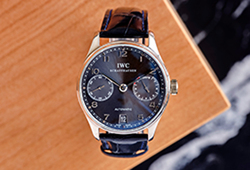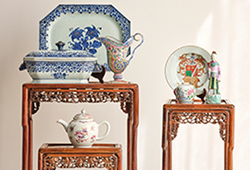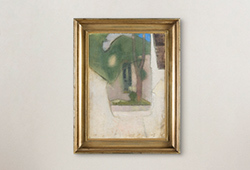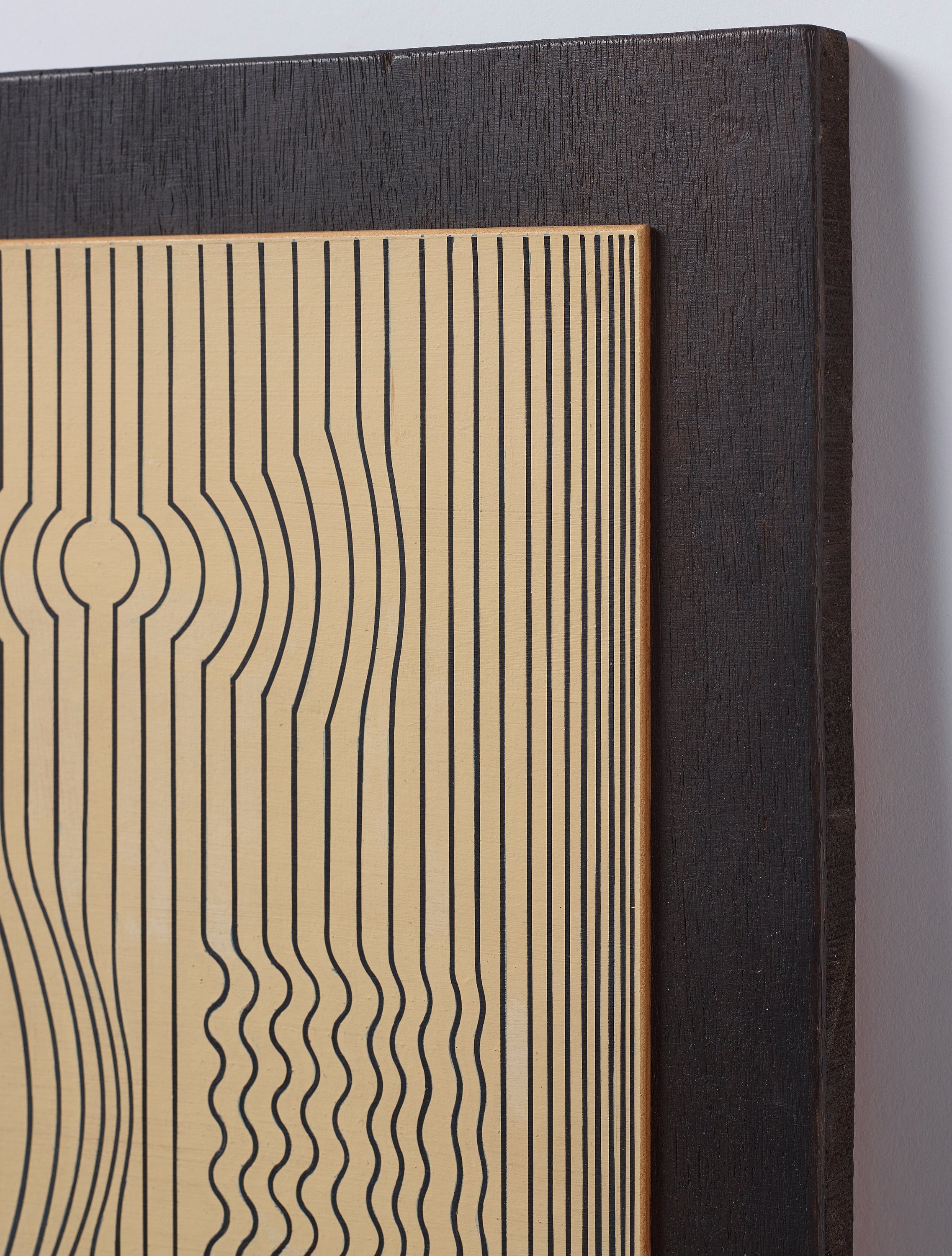Victor Vasarely
"MANIPUR"
Signed Vasarely and dated 1952-60 a tergo. Marked with no. 1137 verso. Panel 49 x 42 cm.
Provenance
Konrad Gromholt Collection, Oslo.
Galerie Konstruktiv Tendens, Stockholm.
Private collection, Sweden.
More information
Victor Vasarely, born 1908 in Hungary, is considered as one of the leading figures of the Op Art movement thanks to his pioneering art, which focused on contrasting colours and optical illusions. Taught by László Moholy-Nagy, he came into contact with the work of Kandinsky, Gropius, Le Corbusier and Mondrian, as well as the functionalism of Bauhaus, which left an equally strong impression on him. In 1930 Vasarely moved to Paris where he successfully worked as a graphic designer, whilst systematically examining the optical and emotional reach of different graphic techniques. This resulted in a greater comprehension of the geometrical shape and its ability to evoke a physical sensation of space, matter and energy. Vasarely developed his own language of geometrical abstraction, which he alternated infinitely, in doing so creating different optical patterns that had a kinetic effect. He considered colour and form inseparable. Geometrical shapes were arranged in fluorescent colours in such a way that the eye perceived an undulating movement. He summarized this approach with the words: “Every form is a base for colour, every colour is the attribute of a form”. In this way he transposed forms from nature into purely abstract elements in his paintings.













































